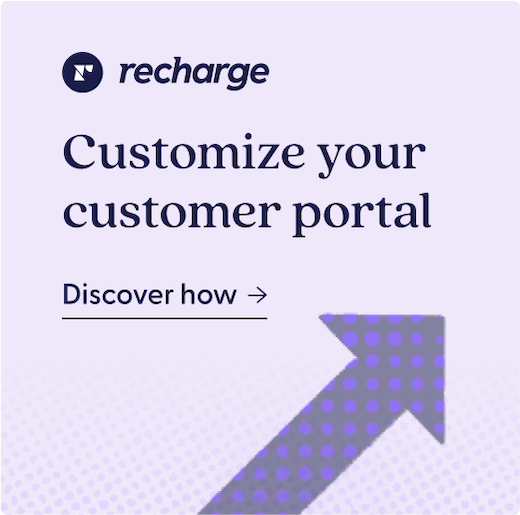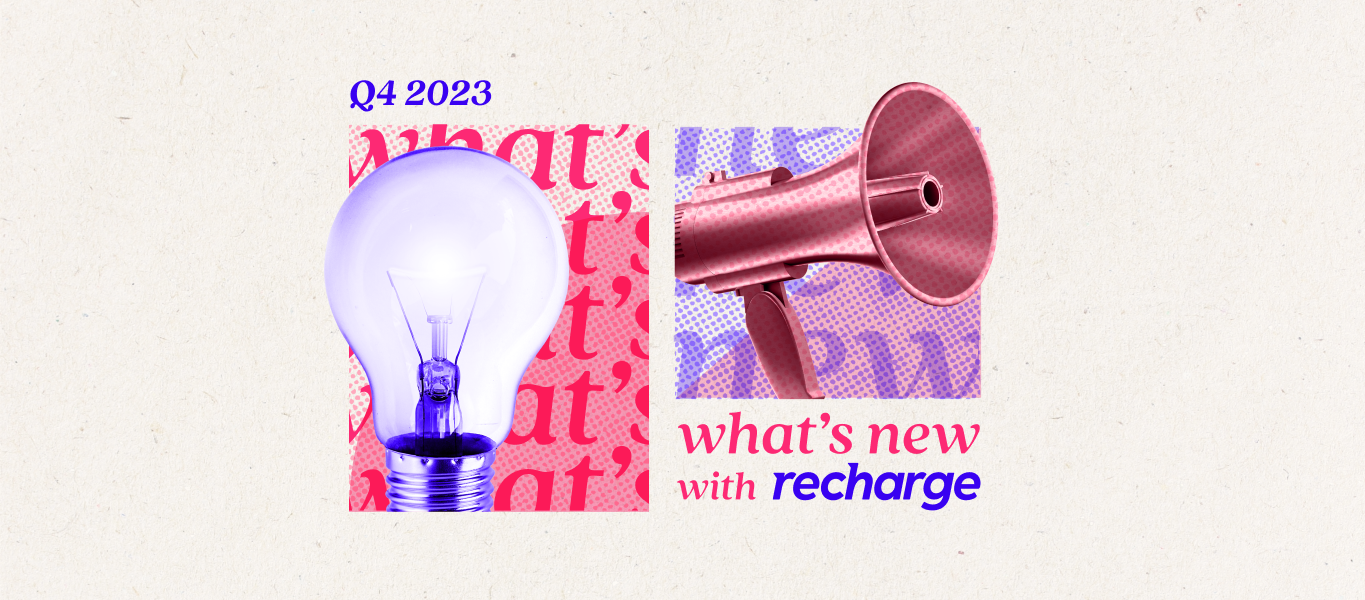These days, shoppers value their time more than ever. According to Forrester, two-thirds of customers say that valuing their time is the most important thing a company can do to provide them with good service.
A key area for saving this time is through self-service support solutions. Research by Statista shows that 88% of customers expect brands to offer an online, self-service support portal. These types of tools allow customers to make adjustments to their orders without having to engage with your Support team—or submitting a ticket and waiting for it to be resolved.
For subscription brands, this type of self-service customer enablement is particularly crucial. After all, with orders regularly recurring on a set cadence, subscriptions need to fit seamlessly into customers’ lives. That means making adjustments to orders is sometimes inevitable, whether people are going out of town or have too much of a product and need a break. Shoppers need an intuitive place to make these adjustments quickly and easily.
To get to the root of this need, we spoke to many of our merchants to explore what the ideal solution could look like. Merchants expressed the importance of easy navigation around the portal, integration with the portal and the overall store experience, and allowing customers to resolve payment issues on their own.
Based on those conversations, in May, Recharge launched the Affinity customer portal. This new customer portal theme was built to make subscription management easier for both brands and their customers by streamlining order management and empowering customers to resolve issues independently. The Affinity theme allows merchants to easily make no-code customizations to the portal, and provides customers with a mobile-first, user-friendly interface to easily manage their subscriptions and add products to a future order.
Over the past several months, we’ve been collecting valuable feedback from our merchants to learn more about how the Affinity theme has impacted their business. In this post, we’ll dive into the early results we found—including increased retention and average order value.
What were the early results of the Affinity portal’s performance?
To better understand how the Affinity portal was performing in the early stages, we studied 12 merchants participating in our Early Adopter Program. These early results are in line with our expectations that Affinity is making a positive impact on merchant metrics, and we will continue to monitor results over time to confirm that our findings hold at scale.
Now, let’s dive into the results.
Increased retention & reduced cancellations
Merchants who use Affinity experience better user retention with improved order management functionality of the customer portal. We’ve seen a dramatic reduction in the share of subscription cancellations of certain categories, like a 61% decrease in cancellations due to the max number of charge attempts.
Additionally, Affinity’s enhanced, mobile-optimized UI and single-page view showcasing prominent common actions made it easier for customers to skip charges, increasing the likelihood that customers would choose to skip instead of cancel. These merchants saw a 71% higher rate of customers using the skip option.
Increased AOV
After implementing Affinity, the merchants we studied saw a 7.9% increase in AOV. This could be due to Affinity’s improved UX for managing features, including bundles and dynamic bundles, coupled with its intuitive UI featuring a product carousel and easy options to add a product to a future order.
What’s up next for Recharge?
We’re always working to make things simpler and more intuitive for our merchants and their subscribers. We’ve built Extensions that allow you to further tailor the portal in low-code ways, and in the future plan to create even more customizations for merchants.
Learn more about the Affinity customer portal on our Support page, and provide feedback via the Recharge Product Roadmap.



